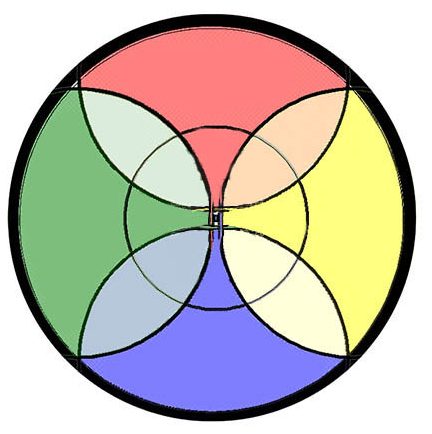This is a simple and profound activity you could try at your next prayer meeting, or in your personal prayer. As discussed further in the mapping section, in the Middle Ages, works of art and even maps were often drawn to show the significance of objects to each other, rather than just to depict their physical appearance… Churches were also built facing east so that as people prayed they prayed facing the land where God walked in human form. Facing a particular direction can symbolically represent the importance of a belief, ordering the world around it. Direction can also be used to symbolise common intent as a group of people focus on a particular area.
Advantages:
This is a simple action that doesn’t require much effort or even mobility. It is also not too weird and the symbolism can be explained without much fuss. People have the option to participate in the prayer activity without worrying about the symbolism and still be part of the group, because you have to face somewhere when you pray and it might as well be the direction that everyone else is facing.
Disadvantages:
Make sure you know which direction you are meant to be facing. Obviously this isn’t some magical rite that will be ruined if you use magnetic north instead of true north, it can be distracting though if a prayer leader in London is directing the group to pray for Scotland and all you can think about is “why are we facing west?”
Variations:
You could use a variety of directions. The changes in direction can break the prayer time into manageable chunks, with a chance to stretch in between. The change in direction can also help draw attention to a change in the prayers as well. For example, you could start by facing Jerusalem giving thanks for the life of Jesus, then pray round the points of the compass varying the geographical areas and issues as you go.


